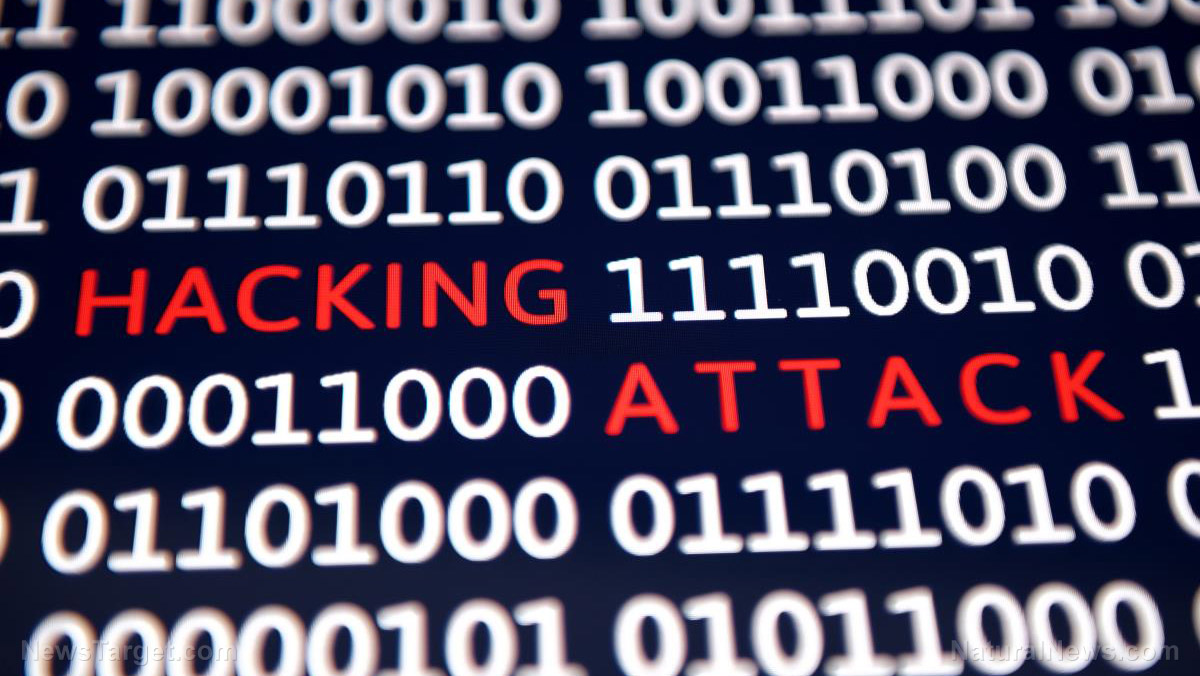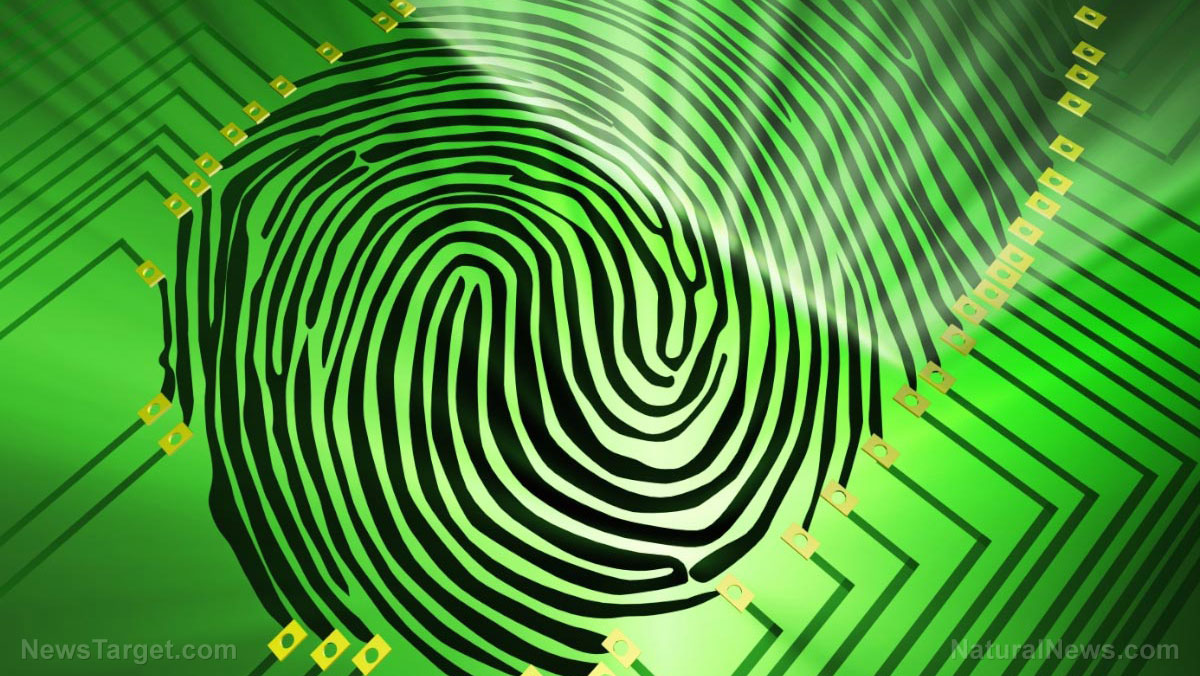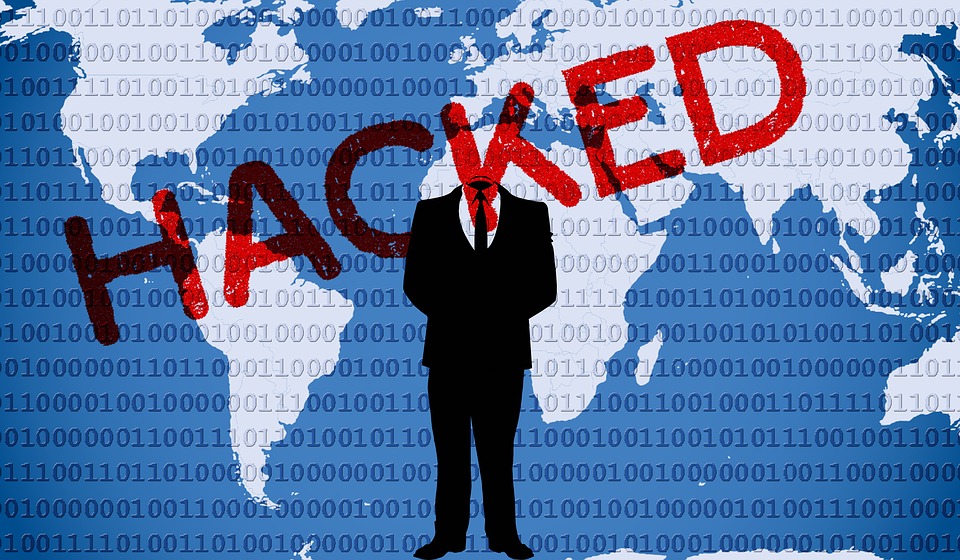This is what happens when government cyber weapons get loose
05/15/2017 / By JD Heyes

The massive global ransomware attack that occured on Friday and which permeated governments, corporations and Britain’s entire National Health Service, was conducted with malware developed by – and stolen from – the U.S. National Security Agency.
Known as “WannaCry,” the theft of the malware and its posting online has left many asking what additional malware cyber weapons the U.S. government and American adversaries possess, and how much damage to the world’s critical information technology infrastructure those cyber weapons could do if they were unleashed on the planet?
As reported by The National Sentinel, last week U.S. Navy Adm. Mike Rogers, head of U.S. Cyber Command and the NSA, testified before Congress that American intelligence agencies are concerned not only about state cyber warfare actors like Russia, China, Iran and North Korea, but also non-state actors – secretive hacktivist groups who operate in the shadows and who may have an axe to grind with modern society.
“The pace of international conflict and cyberspace threats has intensified over the past few years,” Rogers told the Senate Armed Services Committee. “We face a growing variety of advanced threats from actors who are operating with ever more sophistication and precision.” (RELATED: Ukraine Has Become Ground Zero For The Most Intense Cyberwar Ever Fought)
So what kind of damage could hacktivists like Shadow Brokers – the group responsible for releasing the stolen NSA malware, which exposed a flaw in Microsoft software – actually do? What IT systems could be affected? Here are just a few scenarios:
— U.S. power grid: Systems most targeted by state-sponsored hackers are those controlling various parts of the U.S. power grid. Last year Iranian hackers managed to infiltrate some U.S. financial institutions; also Russia-linked BlackEnergy malware was deployed to hack Ukraine’s power grid the year before.
In 2015, U.S. Sen. Dianne Feinstein, D-Calif., then the ranking member of the Senate Intelligence Committee, told reporters at the time, “I believe that it’s only a matter of time before these attacks progress to our critical infrastructure, like the electric grid” and other systems. “When that happens, we won’t be talking about stolen money, or destroyed systems, we’ll be talking about thousands of lives that have been endangered.”
A massive attack that shuts down most or all of the U.S. power grid – should it last any length of time at all – would cause massive chaos, societal breakdown, and millions of deaths, and our enemies are well aware of this.
“Infiltrations in U.S. critical infrastructure — when viewed in the light of incidents like these — can look like preparations for future attacks that could be intended to harm Americans, or at least to deter the United States and other countries from protecting and defending our vital interests,” Rogers said.
Another major casualty: Nuclear power plants. Without electricity and without reliable back-up, plants begin to melt down.
— Financial sector: Get online right now and take a look at your bank and retirement accounts. They will vanish in a split second if a coordinated malware attack disrupted or destroyed the U.S. financial sector, instantly wiping out savings, retirement and investment accounts – all of which are kept electronically. What’s more, if Wall Street and other markets around the world were disrupted, data hacked and stolen or destroyed, then the chaos would not be limited to just one country. It would become universal.
— Dams, air traffic control, water treatment, sanitation plants: China has been identified as having regularly hacked Interior Department systems that expose critical U.S. power infrastructure like dams. Included in the hacks: Data on the National Inventory of Dams.
“The U.S. Army Corps of Engineers is aware that access to the National Inventory of Dams (NID), to include sensitive fields of information not generally available to the public, was given to an unauthorized individual in January 2013 who was subsequently determined not to have proper level of access for the information,” Pete Pierce, a Corps spokesman, said November 2014. (RELATED: U.S. Just As Active In Hacking Countries As Russia, Despite Trump’s Remarks)
Hacked air traffic control systems would ground thousands of flights and strand tens of millions of people. Hacked water treatment plants would create instant havoc, and a lack of sanitation would turn cities into toxic cesspools within a few days.
For now, corporations and personal computers hit with the WannaCry NSA-developed software are only going to be out a couple hundred dollars. But next time, the attack could be much worse.
Stay informed at Glitch.news and Collapse.news.
J.D. Heyes is a senior writer for NaturalNews.com and NewsTarget.com, as well as editor of The National Sentinel.
Sources:
Tagged Under: cyber attack, cyber war, electric grid, hacking, malware, NSA, ransomware, Wanna Cry




















